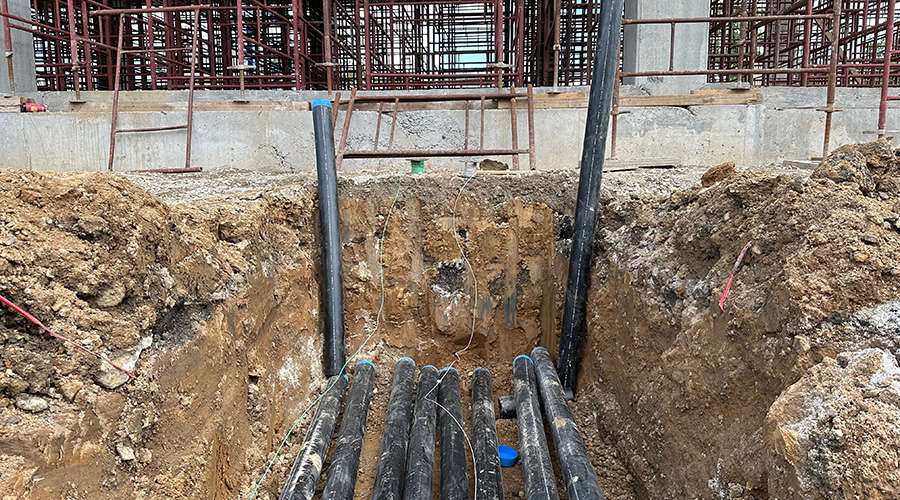How to Avoid Pitfalls in Facility Software Implementation
From gawky procurement policies to buying the glitz without getting the most appropriate capabilities, ending up with the right facility management software and expeditiously implementing it is still a problem. On a practical basis, the array of problems can be grouped into three unsatisfactory outcomes.
One is that the new system is an oversize time/money eater. In the planning stage, the company anticipates the ideal quick implementation at a reasonably low cost. Instead the project morphs in the opposite direction.
Another problem occurs when users approach an implementation as “this is our one shot to get everything we want” and thus set unrealistic expectations. This creates requirements that are cumbersome, producing an over-engineered solution with non-value-add features. In other words, it actually restricts the tool from doing what it was purchased for in the first place.
And it gets worse, leading to burdensome user requirements, heavy training being required, and utilization that is more annoying than gratifying. As a result, user interest plummets until work-arounds can be built.
A third issue is that a company simply did not get what it conceptually assumed it would. After listening to the vendor, the company had a vision that the new software not only would simplify the workday but would make efficiency and productivity very real. But that typically does not happen with unrealistic visions.
How to improve the odds of implementation success? Begin with understanding what the company actually needs the new software to achieve. In other words, what critical services does the company need to conduct its business and how must independent service offerings interact with each other? Next, clearly specify business requirements in terms of operational processes, functionalities, objectives, and user interactions, to name a few examples. Only then will management really know what the business needs are. Third is actual software selection — to achieve the desired solution — which should be clearly based on logical scripts and not left to the ingenuity of the vendor’s sales team.
Moving deeper into pre-implementation, management must answer one of the most vexing questions in software implementation: How will it align with business requirements? That’s determined by matching certain steps, such as interfaces, data sets, and business rules with the individual process tasks. All of these lead into actual implementation, keeping in mind at every stage to maintain laser focus on what has been developed in the prior stages and staying on-point to reach the appropriate business solution. Scope creep happens when the business loses focus on this.
When software implementation is in place, testing is next, but it is more than looking for error messages and errant code. True business testing is imperative to verify that the called-for solution matches the business requirements, especially where these differ from the out-of-the-box solution. Employing user acceptance test (UAT) scripts is quite helpful because the company can base the test on pre-defined requirements.
Place a high value on the obvious commodity: data. This is often given only lip service, but when data is either poor or not available, new software deployment may fail despite every other well-intended effort. Make clean and validated data readily available and test against it.
And finally, through appropriate change management and training, help ensure that users understand why they have this new technology and that its use will change the way they work — i.e., they cannot continue working as they did before. Explain how this better enables processes and why this “newness” is critical in producing a value-add for the company.
Technology is ever-changing and often actually makes a difference in how facility management works on a daily basis. Meanwhile, proficiencies have improved in software implementation but failures still occur. The best way to achieve success is to recognize that proven steps can be taken to optimize deployment and provide a real solution to a company’s business requirements. A high failure rate should not be expected or accepted.
Phil Wales is CEO of Houston-based eBusiness Strategies.
Related Topics:












